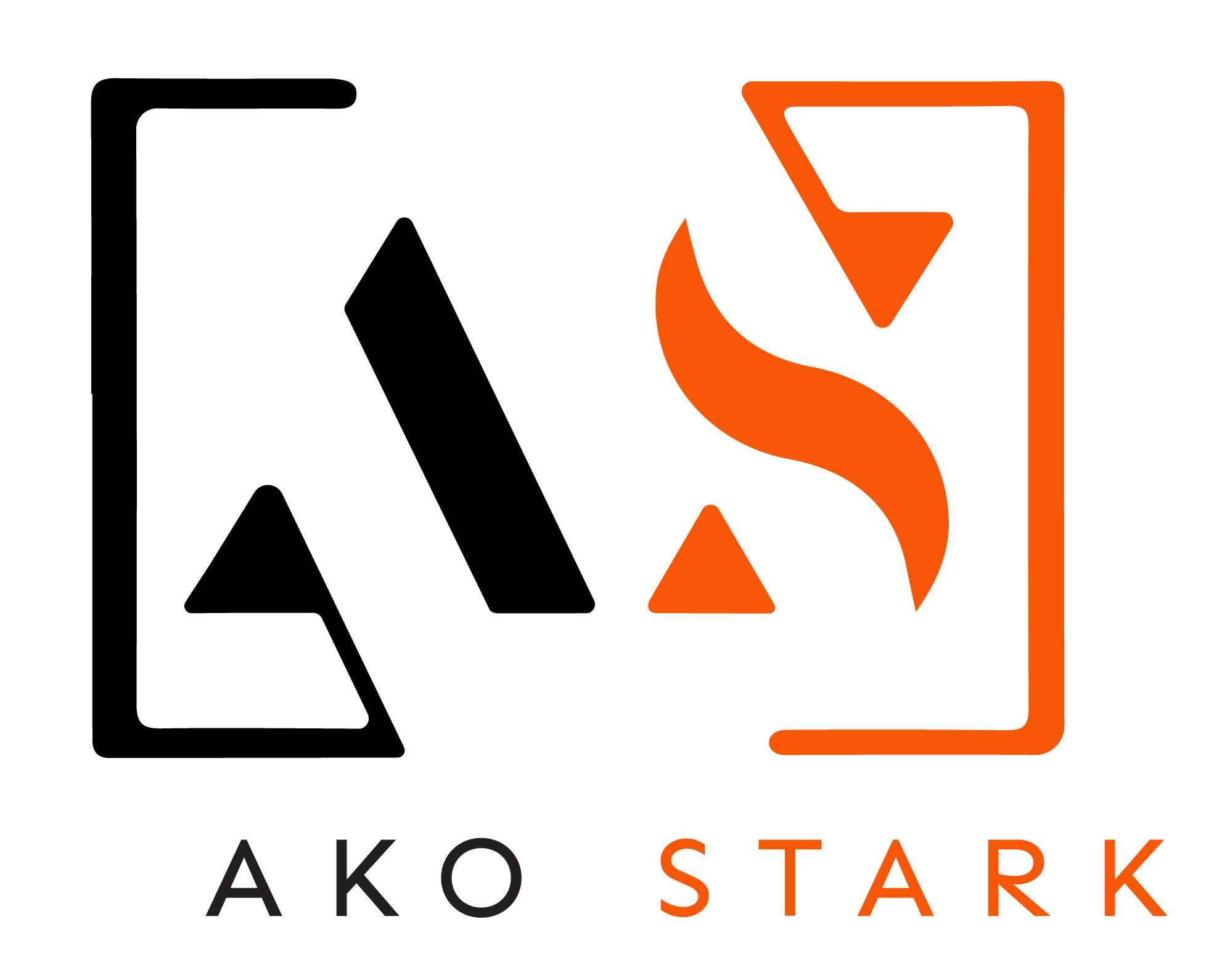Email marketing stands as a cornerstone in the digital marketing landscape, offering businesses a direct line to their customers' inboxes, where they can promote products, services, and foster customer loyalty. With the right approach, email marketing can be a powerful tool to not only inform but also engage your audience, encouraging them between purchases and keeping your brand top of mind.
What is Email Marketing?
Email marketing is a dynamic channel of direct and digital marketing that utilizes email to promote your business's products or services. It serves multiple purposes: from announcing new products and offers to integrating into your broader marketing automation efforts. Email marketing is instrumental in lead generation, brand awareness, building relationships, and maintaining customer engagement through various types of marketing emails.
A Brief History of Email
The journey of email began in 1971 with a simple message sent by computer engineer Ray Tomlinson. This marked the dawn of a new era in communication, introducing the "@" symbol in email addresses. By 1978, the first commercial email was sent, heralding the start of email marketing. The digital revolution of the ‘90s transformed email into a critical tool for advertisers, prompting updates in regulations like the U.K.'s Data Protection Act to include an "opt-out" option for marketing emails.
Advantages of Email Marketing
Email marketing's appeal lies in its directness and necessity for action, whether that's reading, deleting, or archiving. It's an effective way to build relationships with your audience, drive traffic, and segment messages for targeted demographics. Email marketing platforms enable A/B testing and the use of software to streamline email sending, making it easier to gauge what resonates with your audience.
Disadvantages of Email Marketing
Despite its benefits, email marketing faces challenges such as spam, competition, and engagement issues. The risk of emails being marked as spam or getting lost in a crowded inbox is significant. Moreover, the design and size of emails can affect their performance across different devices, potentially hindering the user experience.
Email Marketing Types and Examples Expanded
Email marketing's versatility allows businesses to communicate with their audience in a myriad of ways, each designed to fulfill specific strategic objectives. Here's a deeper dive into the various types of email marketing and how they can be effectively utilized:
Welcome Emails
Welcome emails are your first impression and a critical touchpoint for new subscribers or customers. They set the tone for your email relationship, offering an opportunity to introduce your brand's personality, mission, and what subscribers can expect from your communications. Welcome emails often include a special offer or incentive as a thank you for subscribing, which can boost early engagement and foster loyalty.
Newsletter Emails
Newsletter emails are a staple in email marketing strategies, serving as a regular touchpoint between your brand and its audience. They can include a mix of content such as product updates, industry news, helpful tips, and user-generated content. The key to successful newsletter emails is providing value that keeps your audience informed, entertained, and looking forward to your next email.
Lead Nurturing Emails
Lead nurturing emails are targeted communications aimed at moving potential customers through the sales funnel. They are typically part of a series that educates leads on the value of your products or services, addresses common questions or objections, and gradually guides them toward making a purchase. Personalization and segmentation play crucial roles in making these emails relevant and effective.
Confirmation Emails
Confirmation emails serve as a receipt of a user's action, such as making a purchase, subscribing to a newsletter, or registering for an event. They provide reassurance to users that their action was successful and can be used to convey additional information like next steps, delivery details, or a thank you message. These emails are often expected by users and have high open rates, making them an excellent opportunity for further engagement.
Dedicated Emails
Dedicated emails focus on a single message or offer and are sent to a segment of your email list that is most likely to be interested in that specific message. This could be a special promotion for VIP customers, an invitation to a webinar for leads showing interest in a particular topic, or an update relevant to a specific geographic location. The specificity of dedicated emails can lead to higher engagement rates.
Invite Emails
Invite emails are used to inform your audience about upcoming events or special occasions related to your brand. Whether it's an in-store sale, an online webinar, a product launch event, or a customer appreciation day, invite emails help drum up excitement and encourage attendance or participation. Including a clear call-to-action (CTA) and making the value of attending clear can increase conversion rates for these emails.
Promotional Emails
Promotional emails are direct offers sent to your audience to encourage them to purchase or engage with your products or services. They can include discounts, special offers, limited-time sales, or exclusive access to new products. The success of promotional emails often hinges on their timing, relevance, and the perceived value of the offer to the recipient.
Survey Emails
Survey emails are a tool for gathering feedback from your audience about their experiences, preferences, and expectations. This feedback can be invaluable for improving your products, services, and overall customer experience. Offering an incentive for completing the survey can increase response rates, providing you with richer data to inform your business decisions.
Seasonal Marketing Emails
Seasonal marketing emails capitalize on the various holidays, seasons, and significant events throughout the year to engage your audience. These emails can celebrate the season, offer holiday-specific promotions, or suggest products as gifts. Tailoring your message to the season can make your emails more relevant and timely, thereby increasing engagement.
Each type of email marketing serves a unique purpose within a broader digital marketing strategy, enabling businesses to communicate with their audience in a personalized and targeted manner.
Building Your Email Marketing List
The foundation of successful email marketing is a robust, permission-based email list. Avoid purchasing lists and instead focus on encouraging sign-ups through lead magnets, such as discounts or free shipping offers. Compliance with email regulations, like the CAN-SPAM Act, GDPR, or CASL, is crucial to avoid legal pitfalls.
Tips for Effective Email Marketing
- Craft compelling subject lines: Your subject line is the first impression—make it count.
- Design for all devices: Ensure your emails look great on any screen size.
- Personalize your messages: Tailor your emails to fit the interests and behaviors of your audience.
- Monitor and adjust: Use analytics to track performance and tweak your strategy accordingly.
Email Marketing FAQs
- How can I differentiate my emails from spam? Encourage recipients to add you to their safe sender list and craft engaging, relevant content.
- Can I integrate email marketing with other marketing efforts? Absolutely. Email marketing complements various marketing channels, enhancing your overall strategy.
- How crucial is the email subject line? Vital. A compelling subject line can significantly increase open rates.
Conclusion
Email marketing is a versatile and effective tool for connecting with your audience, offering unparalleled opportunities for engagement and conversion. By understanding its nuances, respecting your audience's preferences, and continuously optimizing your approach, you can harness the full potential of email marketing to grow your business and strengthen customer relationships.




